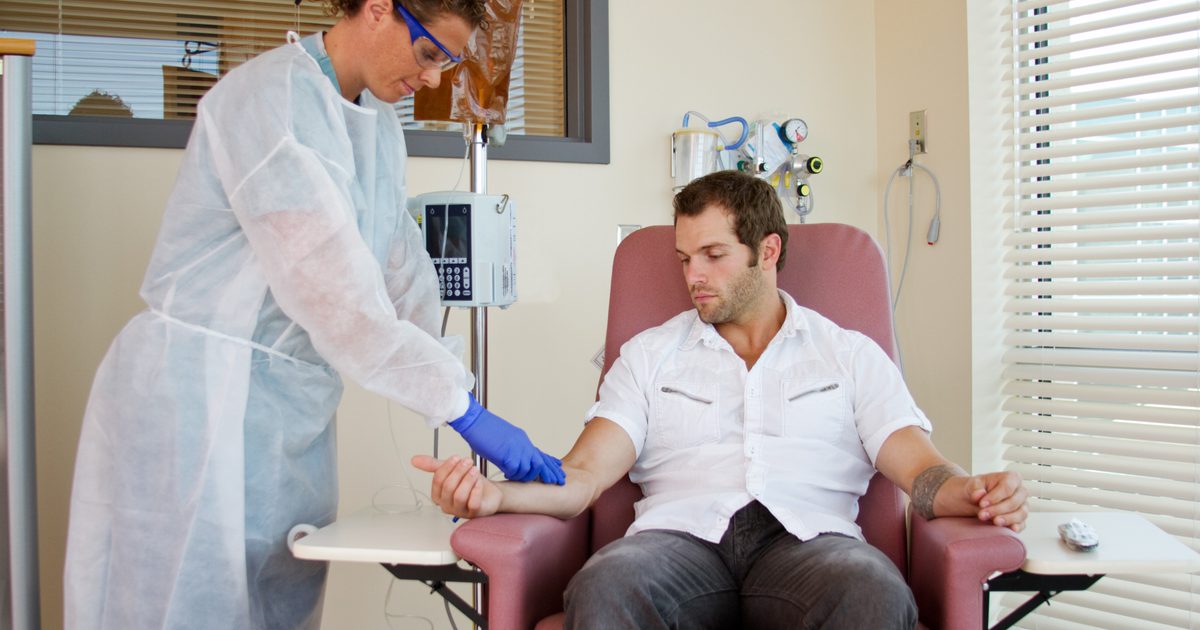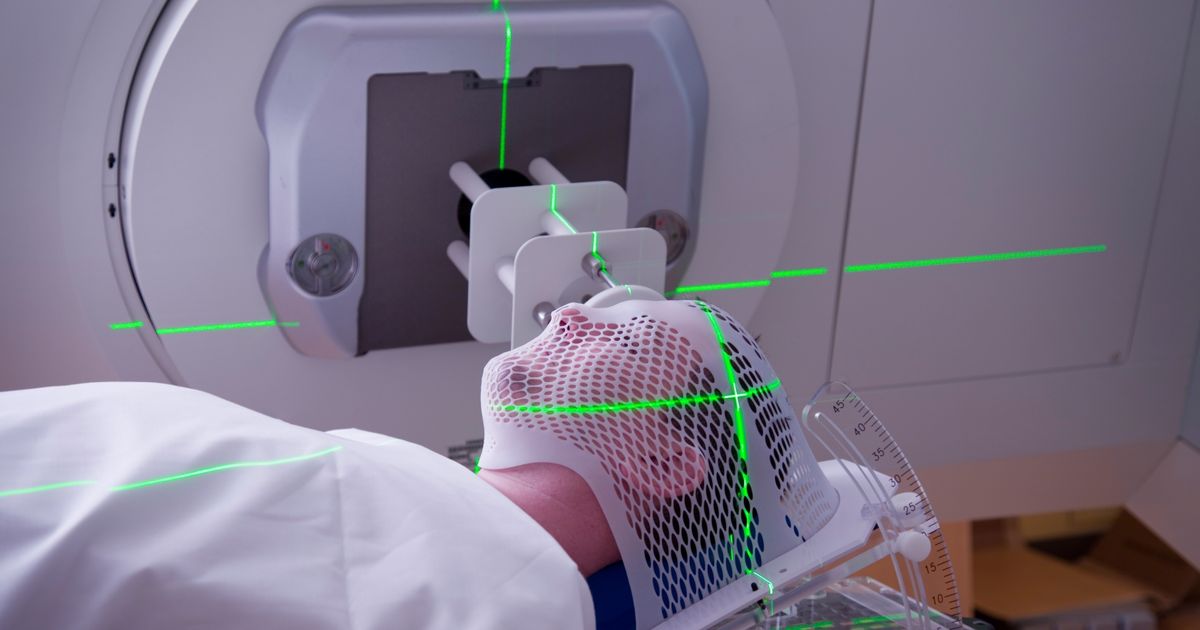How To Treat Pineoblastoma
Chemotherapy

Pineoblastoma patients most likely will require at least one round of chemotherapy, which is the use of one or more potent drugs to kill or stop the growth of malignant cells. Depending on the circumstances of each patient, chemotherapy may be used independently of, or before or following resection surgery. It may also be used in some patients to delay treatment with the use of radiation therapy. Chemotherapy works by attacking and damaging any cells within the body that are in the process of duplicating.
Malignant cells have a characteristic of multiplying much quicker than normal healthy cells, so chemotherapy is efficient at wiping out most cancerous cells in the body. Chemotherapy is known to be extremely effective at treating cancer, but the mechanism of how it works causes severe side effects. It also kills off any healthy noncancerous cells throughout the body that are in the process of multiplying. It is the widespread cellular damage chemotherapy inflicts on healthy tissues that causes its extreme adverse side effects.
Radiation Therapy

Radiation therapy is often used in combination with chemotherapy and surgical resection to treat pineoblastoma. Radiation therapy is able to kill malignant cells in a localized area with the use of high-energy beams. The beams of energy can be in the form of x-rays, gamma rays, electron beams, or protons. Most patients who need radiation therapy to treat their pineoblastoma will receive external beam radiation. This type of radiation therapy is performed with the use of a machine outside of the body that aims the energy beams at the area with malignant cells. The energy beams stop cancer from growing and kill malignant cells by breaking up the strands of DNA inside of the cells.
When the DNA strands are interfered with in this way, they can no longer multiply and carry out metabolic functions, resulting in apoptosis or cellular death. The most significant advantage of using radiation therapy is it only causes minimal damage to surrounding tissues, unlike the systemic effects of chemotherapy. Radiation therapy may not be an ideal treatment option for younger patients affected by pineoblastoma because it is not recommended for patients who are three years old or younger.
